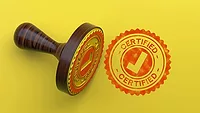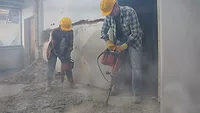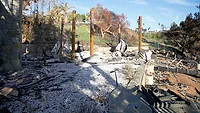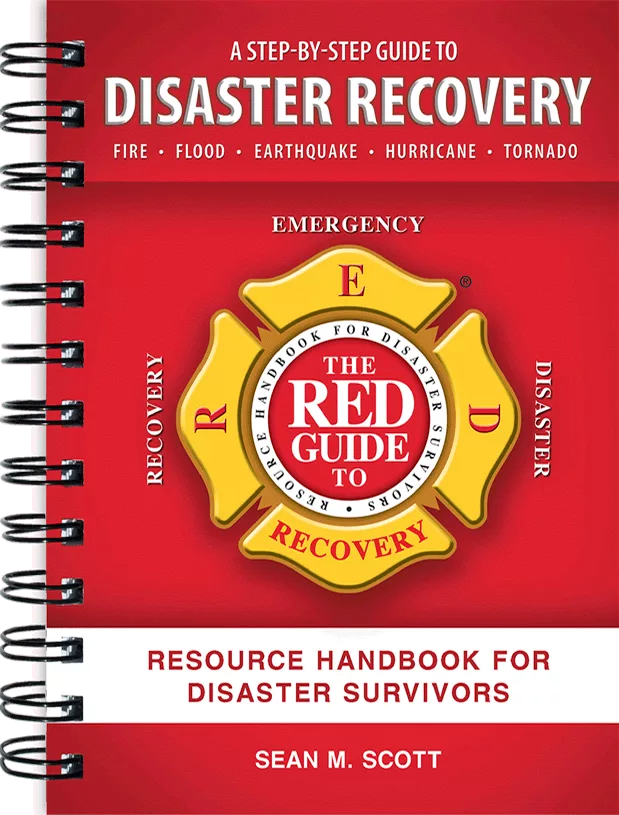Restorers Need a Written Health and Safety Program
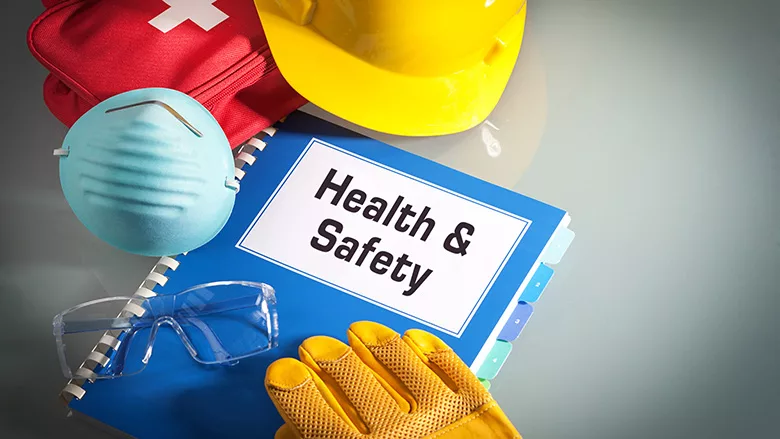
Photos credit: Getty Images
One of the most common missing safety components I’ve seen for small businesses is a written health and safety program. Restoration companies are no exception to this observation. There just isn’t a consistent awareness and understanding of the need.
That being said, there is usually a point in the life of any company when the need for a written health and safety program is discovered and efforts begin to create a program. That creation effort can be daunting and the are many plans to choose from; some no better than the other. This article will identify the basic requirements, provide reference information, and provide options to create your own written health and safety program.
Why Do We Need a Written Health & Safety Program?
To protect your employees and your company – any further questions?
That’s obviously a sarcastic response, but nonetheless serious. In general, I simplify the need into three categories:
- OSHA required
- Insurer required
- Business driven
Let me explain.
OSHA Required
OSHA has recommended practices and required programs that compromise a written health and safety program. In terms of the recommended practices, OSHA has multiple guides. I recommend checking out Recommended Practices for Safety & Health Programs in Construction, OSHA 3886. The document is lengthy (40 pages), but is put together well and provides “How To” guidance.
In terms of required programs, OSHA requires Written Plans for specific topics. (3) These Written Plans should be incorporated into your overall Written Health and Safety Program. Some of the most common safety topics that apply to the Restoration Industry include:
- Hazard Communication (e.g. chemical hazards, SDS’s)
- Bloodborne Pathogens
- Lockout/Tagout
- Respiratory protection (see my April and May 2022 Restoration & Remediation Magazine articles)
Insurer Required
Throughout the years, I have observed restoration companies receive requests (i.e. demands) from their worker’s comp insurance carrier to create a written health and safety program in order to continue their coverage. To their credit, the insurance carrier has usually provided fill-in-the-blank type documents that the restoration company can use to create their written program. Of course, other work is required in the form of implementing the written requirements.
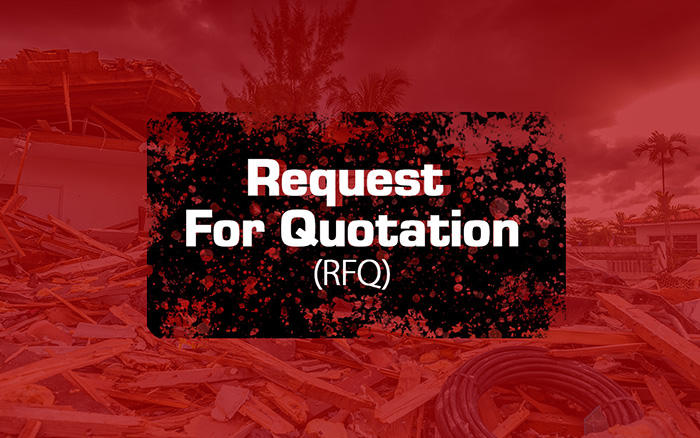
Business Driven
I use this term as a generic reference to requirements that develop as a matter of conducting business. These requirements can be triggered a number of ways:
- Need based on employee requirements. For example:
- Wearing PPE
- Wearing safety boots
- Vaccinations related to biohazard work
- Requirements in bids for commercial work
These requirements may not appear immediately obvious and necessary on the surface; however, they pay dividends. Requirements for employees to wear PPE should form the basis of hiring new technicians and serve as a discussion point for interviews. Candidates not comfortable with these requirements will not be a good fit in the restoration industry. Likewise, for the restoration company interested in bidding on commercial work will be requested to provide a copy or outline of their safety program sooner or later. If you establish that before the request, you minimize the scramble to create a program before the submittal deadline.
Where Do I Start?
I have struggled with this in the past and writing this article lead me to realize the struggle wasn’t from lack of options – it’s from the fact that there are many options! Let me outline some; you may easily find other choices.
Insurer Provided
- These models will usually result in a good written plan; however, you will likely need to spend time tailoring it to your restoration work.
- For example, Liberty Mutual’s SafetyNet has a Risk Control webpage where you enter your policy number and it provides you with access to model safety plans. In this case, you will need to be insured through Liberty Mutual to use this service.
Federal OSHA
- Written plans are part of their consultation services that companies can choose to utilize.
- Plans can be found in their ‘Example Safety & Health Programs’.
- State OSHA Program Templates
- Some states have written plans that you can download and tailor to your work.
Purchased Programs
- Through Safety Consultants
- Can produce a good program tailored for your work.
- Easiest method; least effort.
- Usually the costliest of options, but you get what you pay for.
- Through reputable, established Online Vendors
- Generally provide good programs that you customize.
- Example: Weeklysafety.com offers an “OSHA Compliant Written Safety Program Manual”.
- Generic Online Vendors
- Cheap and quick.
- Quality can be variable.
- May not be compliant with OSHA.
- May not fit restoration work very well.
How Do I Create and Implement My Written Program?
No matter what choice mentioned above, the creation of your program will require some effort. Minimal effort will likely be through paying a consultant to create a program or purchasing a semi-complete program. Both will require you to make choices for your business (e.g. what types of respirators you wear) and identify who will perform specific safety tasks (e.g. collect SDS’s). Do not get discouraged during this process! Instead, break it down by section and work step-by-step through each section.
“Do not get discouraged by this process! Instead, break it down by section and work step-by-step…”
Implementation is where many companies fall short. They put forth the time and effort to create a program that ends up on a shelf or stored on a network drive and is never seen again. In order to be effective, the Program will need implemented into routine operations. Consider enlisting the help of an operations manager to do a five-minute review of a section of the program every month. Add value to the topics by including an explanation of how each section will protect them and allow them to return home safe every evening.
You will also likely need to setup routine activities identified in the program — like annual respirator fit tests, monthly fire extinguisher inspections, and routine extension cord inspections. Again, engage others to help with these tasks. Explain their importance and review their completion on a monthly basis.
What’s the old saying? When life gives you lemons, make lemonade! In this case, I don’t think very many restoration companies rank writing a health and safety program very high on their list of things they want to do. However, I hope this article has painted the picture on how writing a program can be simplified and creates added value for any company. Please reach out to me if you have hit stumbling blocks writing your own Program or have found other reputable resources for written programs.
Reference:
- Occupational Safety and Health Administration: Help for Employers, Sample Programs: https://www.osha.gov/complianceassistance/sampleprograms
- Occupational Safety and Health Administration: Recommended Practices for Safety & Health Programs in Construction, OSHA 3886, October 2016: https://www.osha.gov/sites/default/files/OSHA3886.pdf
- Occupational Safety and Health Administration: Recommended Practices for Safety & Health Programs in Construction, Example Safety and Health Program: https://www.osha.gov/sites/default/files/SHP_Example_Program.pdf
- Michigan Department of Labor and Economic Opportunity, Sample Plans and Special Programs: https://www.michigan.gov/leo/bureaus-agencies/miosha/resources/pub-pos-form-media/publications-by-topic/sample-plans-and-special-programs
- Weeklysafety.com: Safety Meetings and Toolbox Talks
Looking for a reprint of this article?
From high-res PDFs to custom plaques, order your copy today!




